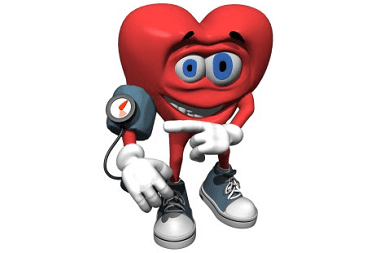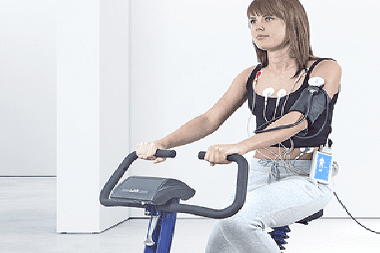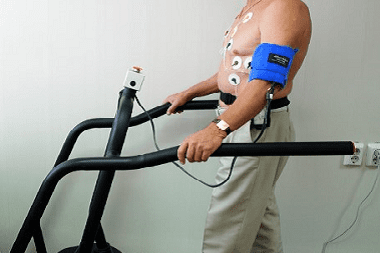Medical procedures >>>> Veloergometry and treadmill
Veloergometry and treadmill.

How do you know if your heart is okay, if sometimes it makes itself felt with angina pectoris, or if you don't notice any signs of cardiac abnormalities, but at the next medical examination the electrocardiogram for some reason shows problems with the heart muscle?
For such purposes, there are veloergometry and treadmills. These are methods of loading the heart muscle under the control of equipment that fixes failures and disturbances in the work of the heart. Veloergometry is performed on a specially equipped stationary bike, and the treadmill is a treadmill test.


The choice of a simulator is determined by a history of diseases or the physical capabilities of a particular person to use one of these simulators. Usually people who are obese, have joint problems or cannot ride a bicycle are offered a treadmill. The rest of the patients can undergo veloergometry.
Who can benefit from this medical research:
- People with heart problems;
- People with obesity problems;
- Those who are at risk of getting cardiovascular disorders as a result of strenuous, nervous work (dispatchers, drivers, pilots, divers);
- Relatively healthy people who have reached the age of 40 - to prevent the development of heart disorders;
- People who experience discomfort in the chest area during periods of physical or nervous stress.
What is measured with veloergometry and treadmill? During the period of stress tests, an electrocardiogram is recorded, the pulse rate and blood pressure level are recorded, which makes it possible to draw conclusions about how efficiently or ineffectively the heart is supplied with oxygen, whether the blood vessels cope with the load. With the help of veloergometry and treadmill, heart failure can be distinguished from cardialgia.

Read

Read



























